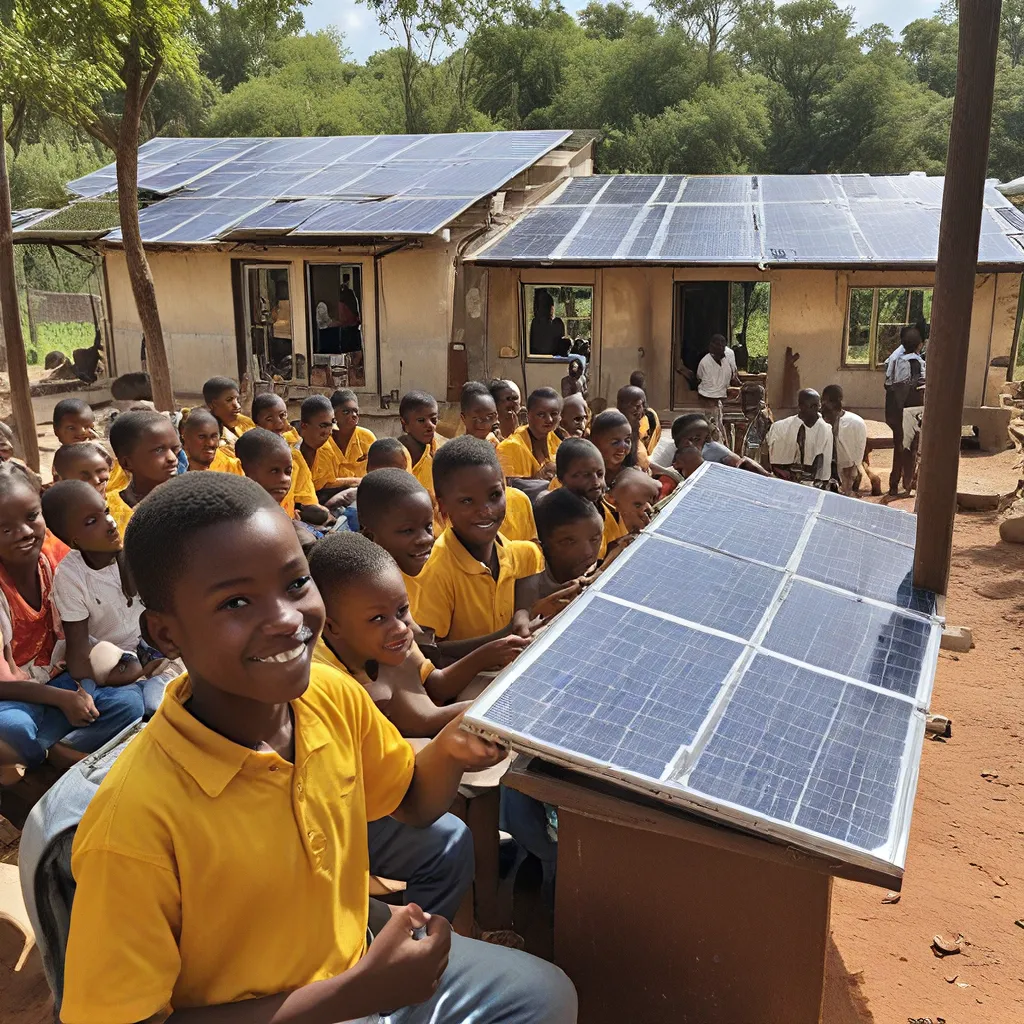
Illuminating the Path to Knowledge
Imagine a world where the simple act of reading a book at night is a luxury. Where families must huddle around a coal-burning stove, their faces aglow in the flickering light, because the nearest power lines are a world away. This is the reality for many rural communities in the Andes Mountains of Peru – a harsh existence, but one that a group of engineering students from the University of Calgary set out to change.
As I stepped off the plane in Lima, the air was thick with the promise of adventure. I had signed up for this expedition to install a solar power system in a remote village, and I couldn’t wait to get my hands dirty. Sure, I had learned the theory in the classroom, but this was an opportunity to truly put my skills to the test and make a tangible difference in the lives of those who had been left in the dark – quite literally.
Illuminating the Darkness
Our team, led by Dr. Hamid Zareipour, PhD, joined forces with the non-profit organization Light Up The World (LUTW) and the IEEE Special Interest Group on Humanitarian Technology, both of which share a mission to leverage technology for sustainable development in underserved communities. With their guidance and the support of local technicians, we embarked on a journey to the village of Hanchipacha, determined to bring the gift of light to this remote corner of the world.
As we navigated the winding mountain roads, the landscape transformed from bustling city streets to a rugged, untamed wilderness. I couldn’t help but wonder, “How do the people here manage without the conveniences we so often take for granted?” The answer became clear as we approached the village – a stark contrast to the modern, grid-connected world we had left behind.
Powering Up Possibilities
Hanchipacha, a small community tucked away in the Andes, had been cut off from the electrical grid for as long as anyone could remember. Families relied on candles, kerosene lamps, and the occasional generator to provide light, while cooking and heating were done over coal-burning stoves. It was a life of constant struggle, with little opportunity for advancement or improvement.
But all that was about to change. Over the course of three days, our team worked tirelessly to install a 325W solar panel, nine 5W LED lights, four 220V AC outlets, and two 150 Ah batteries, among other essential components. The system was designed to provide reliable, sustainable power to the community center – the heart of this remote village.
As the final connections were made and the system was switched on, a collective gasp of awe swept through the crowd. For the first time in their lives, the people of Hanchipacha witnessed their community center bathed in the warm glow of solar-powered electricity. The excitement was palpable, and I couldn’t help but feel a surge of pride at having played a part in this transformative moment.
Illuminating Futures
The impact of this solar power system extends far beyond the simple provision of light. It has the potential to revolutionize education, healthcare, and economic opportunities in the village. No longer will children have to strain their eyes to read by candlelight; instead, they can now gather in the well-lit community center and focus on their studies, unleashing their full potential.
Furthermore, the availability of reliable electricity means that the community can now power essential appliances, such as refrigerators, which can help preserve food and medicines. This not only improves health and safety but also opens up new avenues for small businesses and entrepreneurship, empowering the villagers to build a brighter future for themselves and their families.
Shining a Light on the Future
As I reflect on our time in Hanchipacha, I am struck by the transformative power of this simple solar power system. It’s a testament to the fact that even the smallest interventions can have a profound impact on the lives of those in need. The joy and gratitude expressed by the villagers was a reminder that access to clean, reliable electricity is not just a luxury, but a fundamental human right.
This project was made possible through the support of various sponsors, including the Schulich Student Activity Fund, the Shell Environmental Energy Learning Fund, the Leadership and Student Engagement Office Student Activities Fund, and the University of Science IDEAS Fund. Their contributions allowed us to purchase the necessary materials and transportation, making this life-changing initiative a reality.
As I prepare to return home, I can’t help but feel a sense of excitement for the future of Hanchipacha. I know that the solar power system we installed will continue to shine a light on the path to a better life – one filled with educational opportunities, improved health and safety, and the potential for economic growth. And who knows, perhaps this project will inspire others to follow in our footsteps, bringing the gift of light to even more communities in need.
So, if you’re looking for a way to make a difference, I encourage you to explore the energy-saving products offered by companies like ours. Together, we can work to illuminate the world, one community at a time.